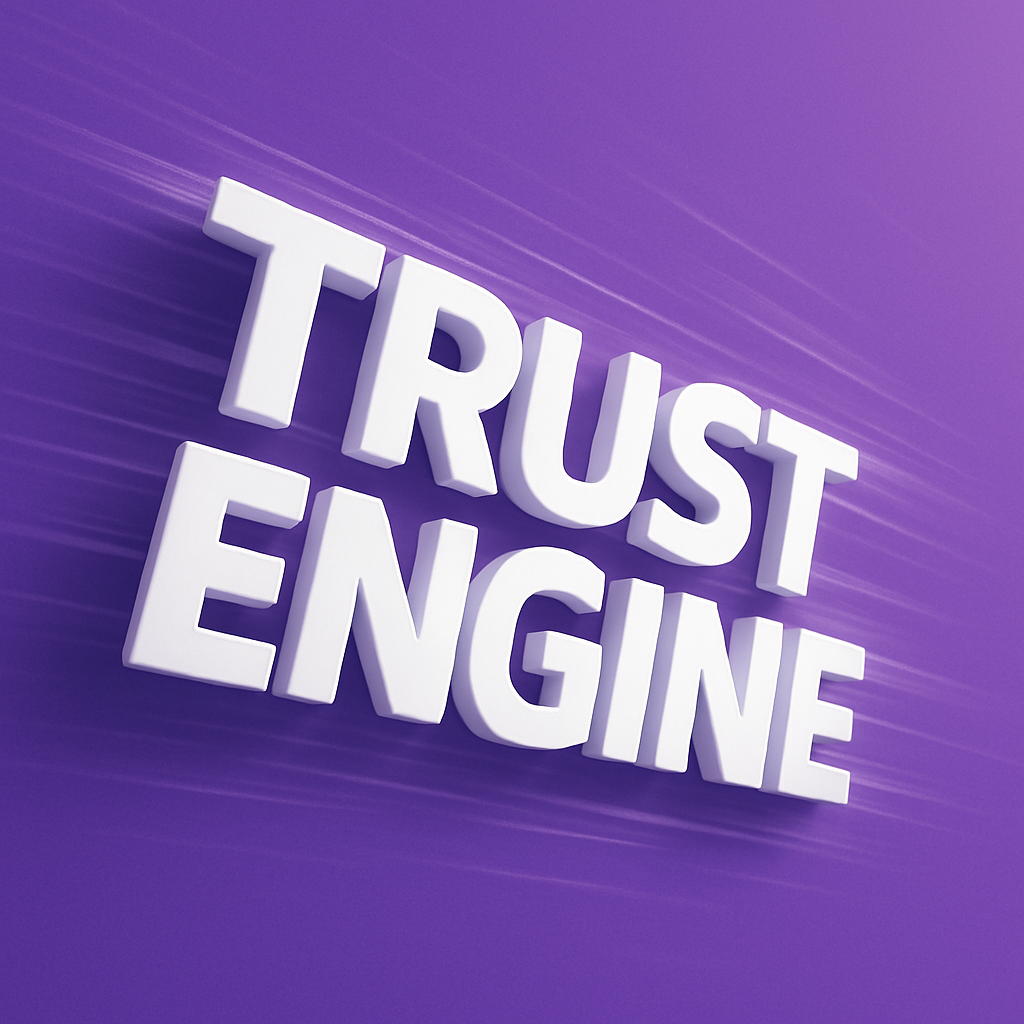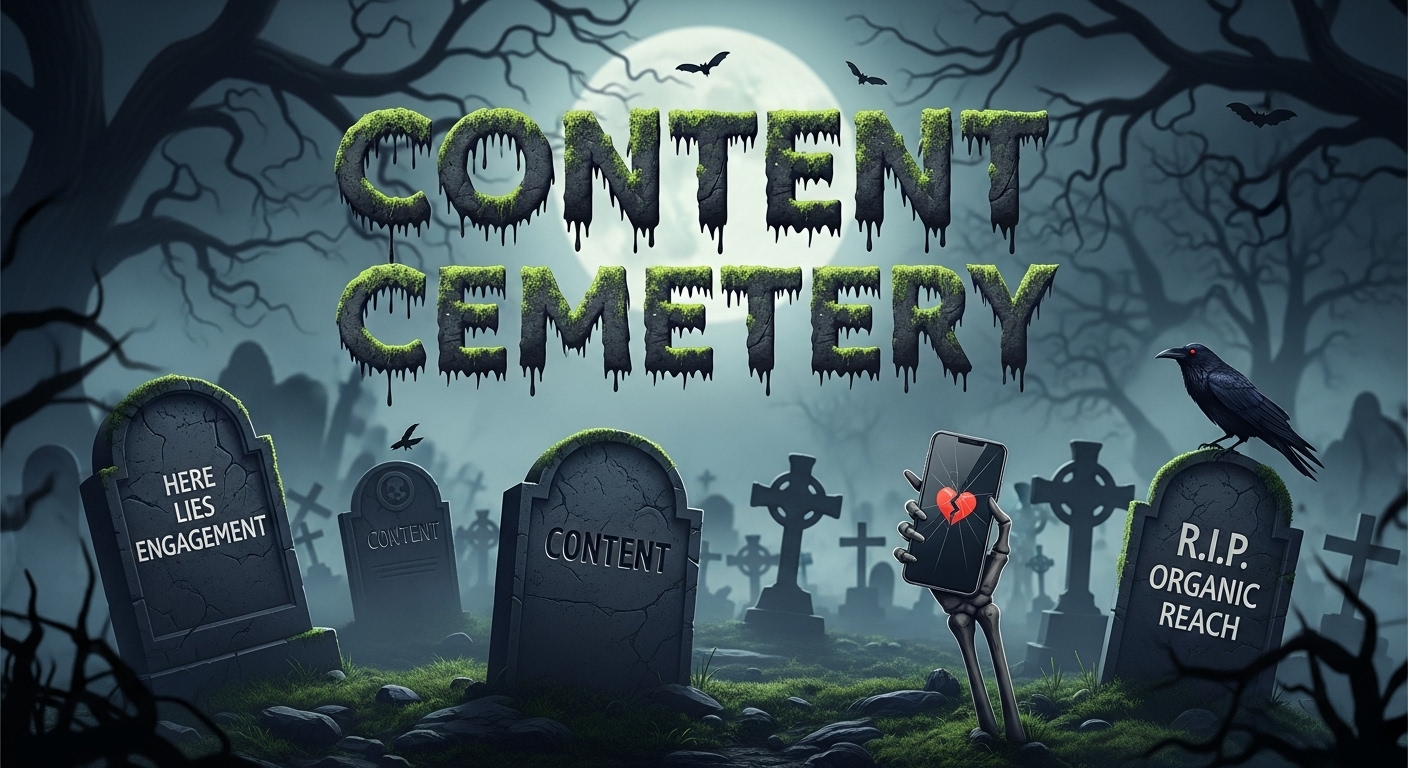
6 Ways to Optimize Your CTAs and Boost Conversions

For most marketers, improving the conversion rate is a priority goal. One of the most important factors in increasing conversions is the call-to-action (CTA). Despite this, many marketers set and forget their CTAs, neglecting to improve average or weak CTAs through testing and optimization. How can you turn one of the most overlooked levers into an opportunity to boost marketing performance? Here are 6 ways to improve conversion rates on your website.
1. Pay attention to color, white space, and size
Across all CTA types and formats, buttons outperform text-based CTAs.
Contrast
To make your button stand out on the page, you’ll want to use contrasting colors between the CTA and landing page. Although this might sound straightforward or overly simplistic, many companies make the mistake of using a nuanced color palette throughout their landing page, often in the name of being “on brand.” Because all of their elements blend together, the CTA is lost in the background.
Don’t let your brand identity guide get in the way.

Size
Aside from color, the size of your button is crucial. A larger CTA is easier to read, hard to ignore or overlook, and allows for more descriptive button text. Keep in mind that your button should be large enough to be noticed but still small enough to appear modest and clickable — a too-big button doesn’t automatically mean more conversions and can, in fact, negatively pressure your audience.
Whitespace
Whitespace can be used strategically to make certain areas of your page, like a button, stand out. Because it makes your page more legible and digestible, the blank space actually draws attention to your CTA. Zillow’s landing page is a great example of how to use whitespace (and color) to emphasize the Start your journey here CTA.

2. Leverage descriptive text
CTAs that are unclear or ambiguous will be rewarded with lower clickthrough rates. (You can do better than Click Here or Submit!) A personal pet peeve is Subscribe Here, which implies a payment is needed. Instead, compare that to Register for Free Newsletter. Additionally, it’s crucial to let users know what will happen on the other side of the click and, most importantly, what’s in it for them. If the result is complimentary or free, say so. If they are going to donate, remind them where the donation will be used. For example:
- Download complimentary e-book now
- Start free trial now
- Schedule a free session today
Creating a sense of urgency with a limited time offer can also work well here.
3. Play with CTA placement
When placing your CTA, a good rule of thumb is to ensure the button is above the fold so that it’s visible in most browser windows without scrolling down. (Above the fold comes from the newspaper world, when journalists would place the biggest headline or most important news in the top half of the paper, above the literal fold.)
Although it’s much less likely that visitors will scroll to the bottom of a page to click, some companies take advantage of this fact, offering a lead capture form at the bottom of long-form articles. For example, McKinsey & Company peppers a 3,000-word article with CTAs in the top third but adds a contact us form at the end. The idea here is if someone has made it through a lengthy piece of content, they’re likely very interested in engaging further with the company.
Persistent CTAs that move with users as they scroll encourage action, as the prospect can click any time they’re convinced to take action. Be aware, though, that the balance between persistence and annoyance is relatively narrow. However, the more times you ask for action, the more actions you will likely get.
Did you know: CTAs on the right side of the page receive more clicks than those on the left.
4. Don’t dilute conversion rate with multiple CTAs
What is the most important thing you want your audience to do on the page?
Although it’s OK to repeat the same CTA on the same page, different CTAs will create ambiguity and typically decrease total response. Depending on your content and the digital touchpoints on your site, this might not be a big deal. But if you’re trying to improve your conversion rate or know a page is a key catalyst to conversion, make your CTA a priority.
Often, companies will offer multiple CTAs in hopes that the audience will stay on the site and continue to consume additional content in the same session. However, you never want your content recirculation goals to get ahead of your conversion objectives.
Always work on the assumption that each page your audience is visiting is the last opportunity you will ever have to get the conversion.
5. Contextualize CTA language to its location
Most marketers use the same CTA language all over their website without varying it by page content, content category, or level of content consumption. CTAs that are personalized to the page topic double the conversion rate, according to Knotch data, and it’s true across multiple categories and industries. Despite the increase in work on the front end, contextualizing the language is likely a worthwhile effort. Hubspot, for example, has even reported significant improvement in conversion when CTAs are personalized for unknown visitors versus leads.
6. Test, test, and test again
A/B testing allows you to test one variable at a time in comparison to your control approach or, with multi-variate testing, you can test several variables in the same time period (C, D, E, etc). Either way, an organized approach to your test plan helps you define the most successful language, design, placement, and frequency for your CTAs. In this example from Paychex, the payroll, human resource, and benefits business tested the addition of a paper fold with the offer in the top left corner of the graphic, which led to a 28 percent increase in conversions.

Afterward, they moved the position of the page fold so that it was closer to the CTA, keeping the control version A the same.

In this case, results did not improve.
...............
So as you think about how to improve your conversion rate, don’t forget about your CTAs. CTA optimization should be a steady and consistent part of your marketing activities. What works now might not be the best approach next year, but any effort you make will likely reap multiples in return as you see higher conversion rates.
Become a thought leader
Become a thought leader
Trusted by the largest (and now smartest) brands in the world.
“Before Knotch we did not understand what content was driving business results. Now we understand which content moves the needle. Knotch’s cohesive reporting and insights paint a real picture of what’s happening on our website instead of the patchwork quilt that comes from a Google Analytics approach. With Knotch we have been able to re-prioritize ad spend, route better leads to our SDR team, and inform our content development initiatives.”

"The Knotch platform ensures that we deliver high-performing content tailored to young home shoppers, enhancing their experience and driving better business outcomes.”

"Our partnership with Knotch has been highly successful, empowering us to leverage data-driven insights and refine our content strategy.”









